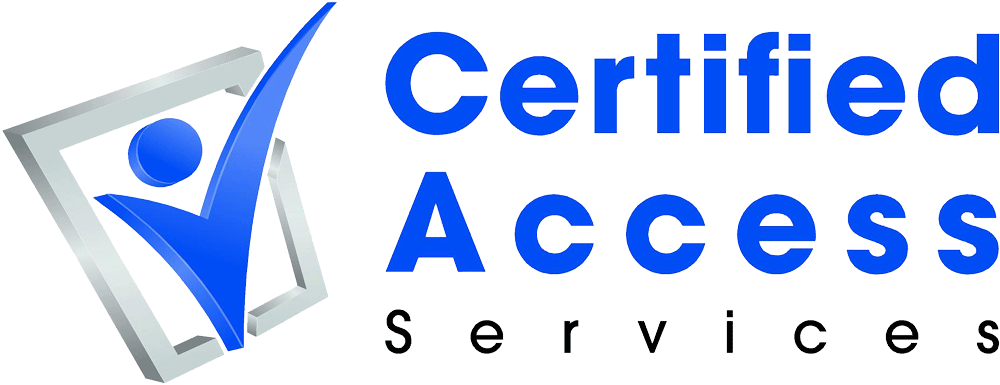Accessible Holiday Decorations
/It's that time of the year when businesses get into the holiday spirit and display decorations to celebrate the season. Displaying a Christmas tree or other holiday arrangements can be beautiful and bring joy to your clients and employees. Unfortunately, here in California, the holiday season is also a busy time of year for serial litigants. It is important to think about accessibility when displaying holiday decorations because you may be exposing yourself to an ADA lawsuit if they are displayed in the wrong location. Here are a few things to think about when decorating your space:
A clear path of travel between must be maintained at all times. Depending on the location of the display, you must provide a 36", 44" or 48" wide clear path of travel that connects spaces and elements on your property. If a tree, gifts or other decorations obstruct the path of travel, you should relocate the display.
Handrails and clearances must remain unobstructed
A clear floor space at doorways, landings and accessible elements shall not be obstructed by holiday decorations. The dimension of the clear floor spaces vary based on the elements provided. We can consult with you you make sure your are compliant.
We recommend giving us a call to walk through your property and make sure that your holiday decorations are not leaving you exposed to a lawsuit. This service is inexpensive and will give you peace of mind so that you can enjoy this festive time of year.
HAPPY HOLIDAYS!!!
